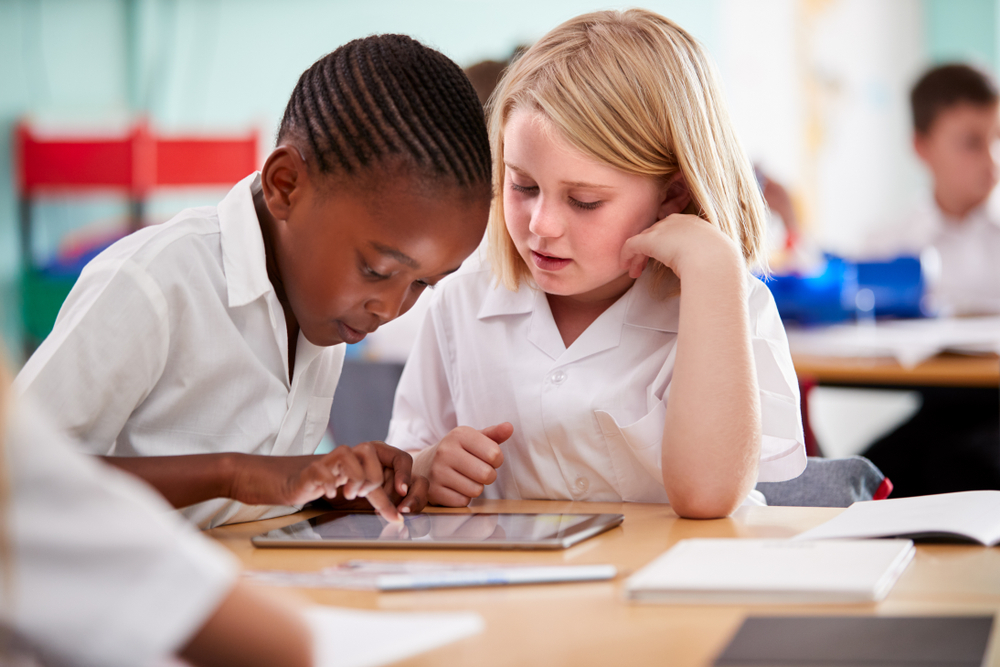Developing Collaborative Learning Skills
- February 13, 2023
- By Mandi Olson
Collaborative Learning Skills

How can educators use the right instructional strategies at the right time to encourage student achievement? Examining research-based strategies and learning how to implement specific strategies effectively is a good place to start. Collaborative learning is one strategy that is frequently used by teachers, however, just placing students in groups and expecting them to work together may not increase learning for students. Understanding the research behind collaborative learning can help teachers understand how to effectively implement collaborative learning to ensure an increase in student achievement.
Researcher, John Hattie, examined and synthesized more than 1,000 meta-analyses which comprised more than 50,000 individual studies, to determine factors that affect student learning and achievement. In his book, Visible Learning, Hattie ranked 138 effects that influence learning outcomes and he continues to add to his research as his original list has grown to 195 (Hattie, 2017). This research is helpful to educators because if almost any change in education will have a positive effect, why not focus on those that will have the greatest effect on student learning? A year’s growth, calculated by Hattie, is 0.40. So from his rankings of 195 effects on learning, educators can examine those influences that have a greater chance of increasing student learning and begin to use them in their teaching practice.
Collaborative learning is a powerful teaching strategy educators can use to help students learn together. With an effect size of 0.39, it has the potential to accelerate student achievement and is likely to have a positive impact on student learning. But how can teachers effectively implement collaborative learning in the classroom?
To ensure collaborative learning is successful students need “I” skills and “We” skills. These are skills that need to be developed to ensure students are sufficiently ready to collaborate with each other. “I” skills include students having self-confidence in their ability to contribute to the group, seeing themselves as a learner, having the ability to set group goals, working together while following directions, and delegating tasks. In addition, students should be able to identify challenges and overcome obstacles and have clear verbal communication skills and effective non-verbal communication skills.
“We” skills are also a necessary condition for effective collaborative learning. “We” skills include students demonstrating social sensitivity towards others, having the motivation to tackle tasks together, and the ability to take turns. Students who dominate group work with their ideas and don’t allow others to share do not have the sufficient “We” skills to effectively collaborate. Students also should have flexibility in taking on roles within the group and the determination to succeed together. Having a collective responsibility for meeting deadlines and a sense of group responsibility can help students work together. In addition, students who are able to give supportive feedback to each other without diminishing self-efficacy are more able to successfully collaborate.
“I” and “We” skills need to be taught and practiced to ensure that students are able to collaborate together. Collaboration is a skill that can be very beneficial, however, often the specific “I” and “We” skills that comprise collaboration are often not taught or practiced. Educators may not see the benefit of the 0.39 effect size for this instructional strategy if students are not explicitly taught “I” and “We” skills.
References:
Hattie, J. (2017, May). How to Empower Student Learning with Teacher Clarity. Corwin. Retrieved November 15, 2021, from https://us.corwin.com/sites/default/files/corwin_whitepaper_teacherclarity_may2017_final.pdf.
Kids Discover Collaborative Learning Skills